Gorilla tracking – How Rwanda and Uganda differ
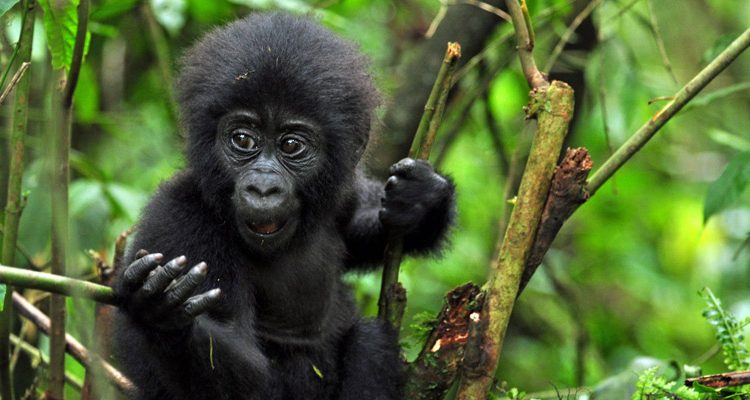
Current estimates suggest that there are approximately 880 mountain gorillas remaining in the wild. The gorillas live in family groups in the Virunga Mountains which straddle Rwanda, Uganda and Democratic Republic of Congo, and Bwindi Impenetrable Forest in Uganda. Visitors wishing to track these magnificent animals can do so in either Uganda or Rwanda. Both destinations offer an excellent opportunity to see the gorillas with track success rates of almost 100%. If you are wondering which destination to choose here are some facts to help you:
Gorilla tracking permit pricing
Until June 2017, permit prices were broadly similar: $750 per gorilla track in Rwanda and $600 per track in Uganda. However, in June 2017, the Rwanda Development Board decided to raise their gorilla tracking permit price to $1,500 per track. This was on the basis of funding conservation and supporting people living in gorilla areas. The Uganda Wildlife Authority have kept prices lower at $700 per gorilla track in 2022, something which does significantly affect the overall cost, particularly when two gorilla tracking permits are recommended for most clients to make the best of their holiday.
Similarities:
Both Rwanda and Uganda offer a variety of family groups to track.
Although it’s not possible to request a specific group to track, park rangers will try to take into consideration the likely length and degree of difficulty of the hike when allocating trackers to the various family groups.
In both countries, groups meet at the park headquarters for a briefing at around 7.30 am. From here trackers are driven to the appropriate trail head for the start of the track.
Maximum group size is eight people.
Generally the gorillas are fairly sedentary, moving around 1 km a day. This means the initial part of the track is based on the previous days’ movements and is often fairly predictable.
The gorilla family’s movements will be noted by advance trackers in order to make the track as direct as possible.
Both countries offer a good selection of top end accommodation.
Rwanda specifics:
Tracking is in Volcanoes National Park which is an easy three hour drive from the international airport in the capital Kigali. If you are short of time, this is probably the better destination.
There are currently ten habituated family groups here, ranging in size from around nine to 30 individuals.
Tracking times are generally shorter in Rwanda as most of the habituated groups are within 30 minutes to two hours of the trail head. The exception is the Susa group whose range is higher and deeper into the mountains (though this group is arguably the most rewarding to visit with over 30 individuals).
The vegetation in Rwanda tends to be thinner and less arduous to walk through which makes the walking slightly easier than in Uganda. The terrain is not quite as steep as that found in the gorilla habitat in Uganda.
Tracking altitude is around 2,500 to 3,000 metres.
Volcanoes National Park is where Dian Fossey – widely credited with saving gorillas from extinction by bringing their plight to the international community – carried out her research. It’s possible to visit her grave and the Karisoke Centre she established in 1967.
Other activities possible in Rwanda include tracking golden monkeys, nature walks, climbing volcanoes, mountain biking, birding in Nyungwe Forest, meeting the In Tore people, visits to the Iby’Iwacu cultural village, walking in the Buhanga Sacred Forest, and visiting the Musanze Caves. Time permitting, the genocide memorial in Kigali is well worth a visit.
Uganda specifics:
It’s possible to track mountain gorillas in two areas in Uganda; Bwindi Impenetrable Forest and Mgahinga National Park.
There are 11 habituated families in Bwindi (as well as three semi-habituated groups) and just one in Mgahiga which is the Uganda section of the Virunga Mountain range.
Bwindi is around six to eight hours’ drive (or a shorter light aircraft flight) from the capital Kampala and tracking takes place from four different locations. Buhoma in the northwest has access to the most groups (and top end visitor accommodation). It is also the easiest to reach from Kampala. Nukuringo to the southwest also has good choice accommodation and a large group comprising 19 individuals to track. The Ruhija area has one family and the Rushaga offers two habituated groups.
The lush rainforest vegetation in Bwindi is denser than the bamboo forests in Rwanda which can make walking arduous at certain times of the year.
Tracking in Bwindi is at an altitude of around 1,400 to 2,000 metres, so slightly lower than in Rwanda.
Mgahinga Gorilla National Park is home to one group of habituated gorillas, as well as habituated golden monkeys and spectacular volcanic scenery. The gorillas here tend to move between Uganda, Rwanda and Congo so tracking is less certain than in other areas.
Uganda offers more choice for general wildlife viewing so is arguably a more complete safari destination.
Other activities possible in Uganda include excellent birding and wildlife viewing in Ishasha, Kyambura, Kibale, Murchison Falls, Semliki and Lake Mburo. It’s possible to arrange cultural visits to the indigenous pygmy tribes, guided forest walks, volcano climbing, and dugout canoe trips on Lake Mutanda.
What next?
We would be delighted to help with planning a gorilla tracking safari. Our team of experts has travelled widely throughout Africa and the Indian Ocean and can offer expert advice. Do get in touch – chatting to people by phone or email is what we do best. We listen, we explain, we answer all sorts of questions even those you didn’t know to ask, and finally we make suggestions. If this is your first time to Africa or your twenty first, we have a team standing by to help make the planning easy and the journey the best ever. Please get in touch whatever stage you’re at.
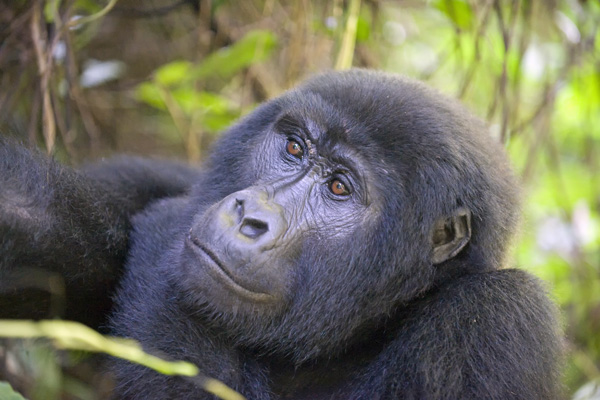
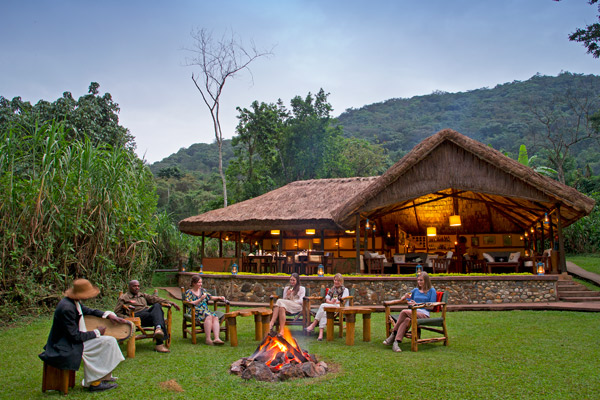
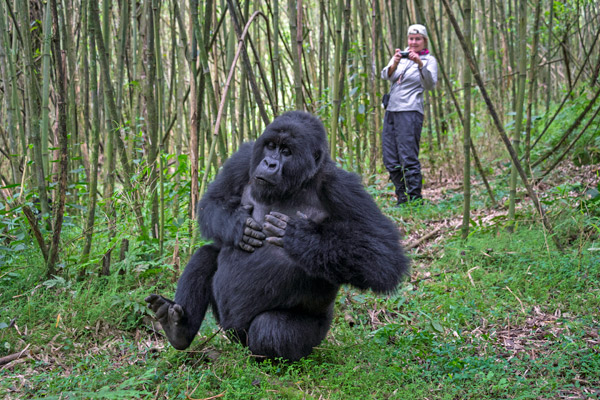
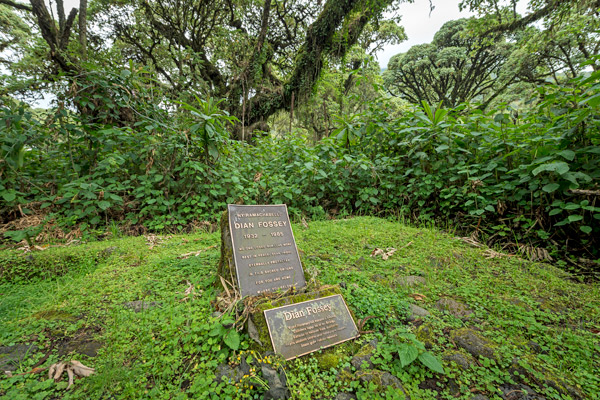
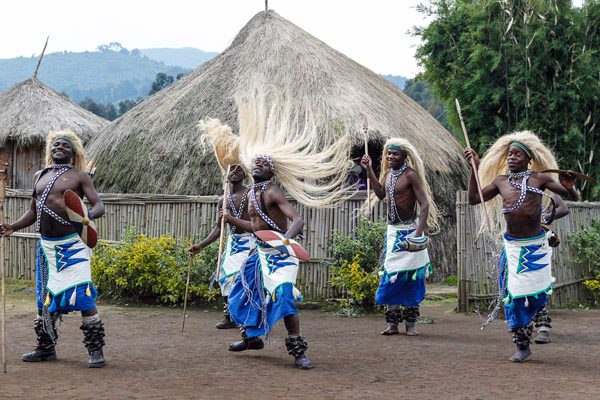
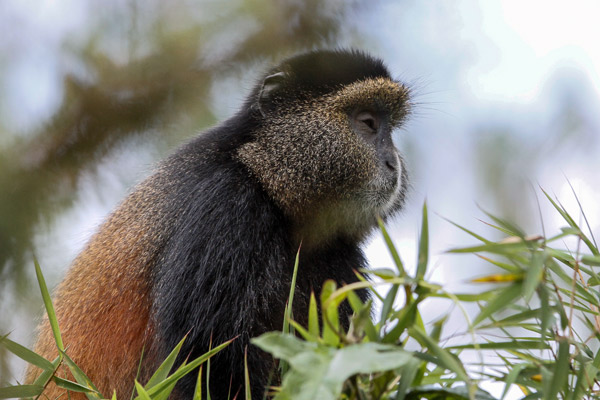
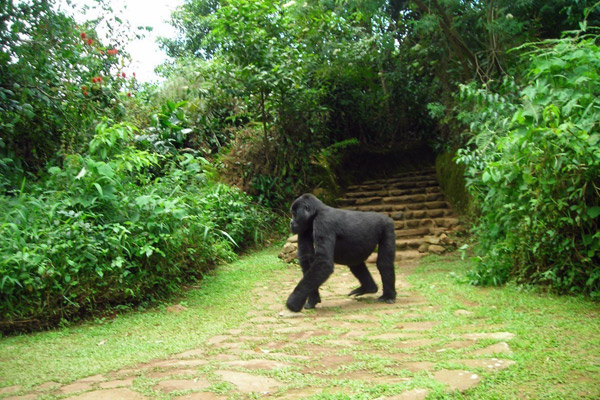
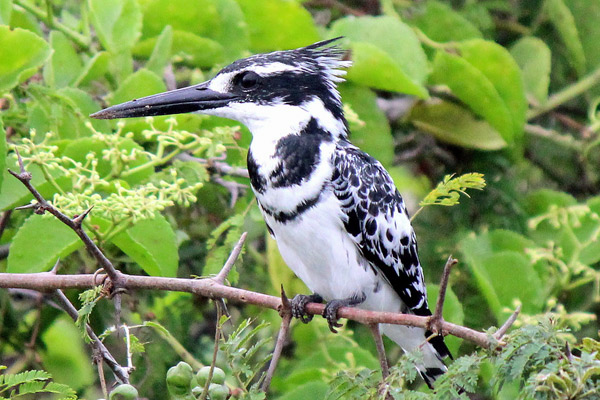
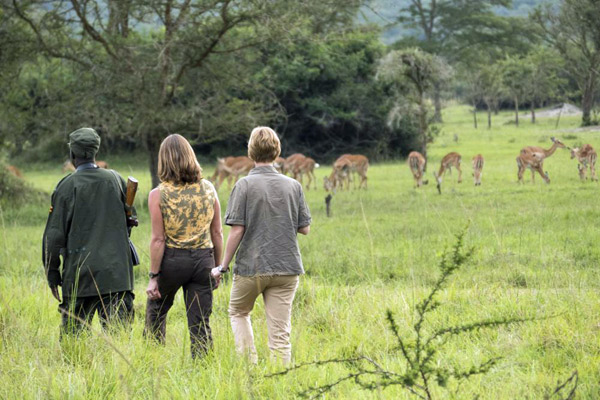
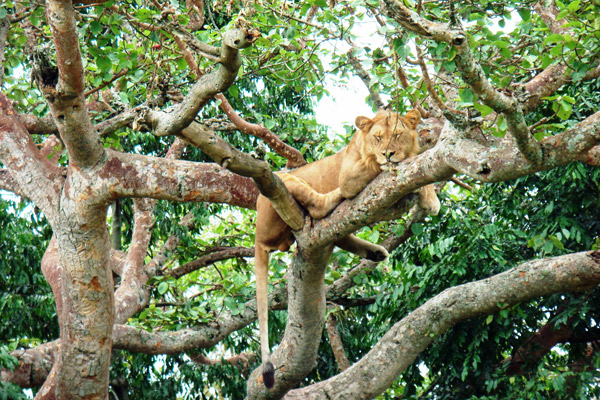
This is a well-written piece. However, I would like to correct the number of mountain gorillas currently in the world based on fact. According to wwf.panda.org they suggest the number to be 1,063 (wwf.panda.org/wwf_news ). But from February to September 2020 Bwindi experience 9 newborn mountain gorillas were born. According to the BBC, they place the bird during the start of January (http://www.bbc.com/news/world-africa-five-baby-gorillas) According the recent visit in August to Bwindi 3 new babies had been welcomed to the gorilla families in Ruhija the Bitukura family had 2 and the Oruzogo family had 1. We don’t have news from Rwanda how many gorillas were born. However, a family was attacked in May and Rafiki a male silverback was killed by poachers who were arrested and sentenced. Now we would like to believe that the number of mountain gorillas is way above 1,070
Thanks for your reply which highlights the improvements in gorilla numbers since the article was published in January 2017. It’s wonderful to see how gorilla tourism and community support programmes have aided conservation over this period. Our hope is that travellers return to this region soon, to enjoy gorilla tracking and continue their protection.